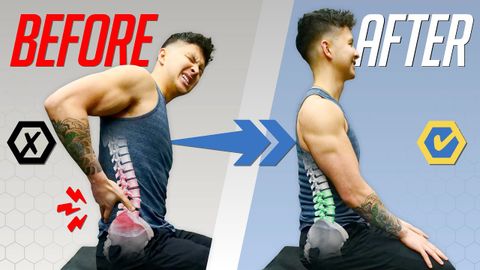腰痛を直す最も簡単な方法(永久に!)Ft.スチュアート・マッギル博士 (The EASIEST Way To Fix Low Back Pain (FOR GOOD!) Ft. Dr. Stuart McGill)
yacki99 が 2024 年 06 月 22 日 に投稿  この条件に一致する単語はありません
この条件に一致する単語はありませんUS /spɪˈsɪfɪk/
・
UK /spəˈsɪfɪk/
US /ˈprɑːpərli/
・
UK /ˈprɔpəlɪ/
US /tɛkˈnik/
・
UK /tekˈni:k/
- n. (c./u.)技術 : 技巧 : テクニック;技能;技法
US /ˈpræktɪs/
・
UK /'præktɪs/
- n.仕事;練習すること;慣習
- v.t./i.開業;従う;練習する;実践する
エネルギーを使用
すべての単語を解除
発音・解説・フィルター機能を解除
